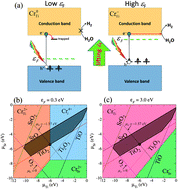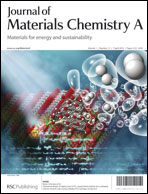SrTiO3 is a promising photocatalyst for the production of hydrogen from water splitting under solar light. Cr doping is an effective treatment for adjusting its absorption edge to the visible-light range, although the performance of Cr-doped SrTiO3 is strongly affected by the oxidation number of the Cr ions. In this study, we theoretically predict that elevating the Fermi level, i.e., n-type carrier doping in SrTiO3, can stabilize the desirable oxidation number of chromium (Cr3+), contributing to a higher activity for H2 evolution. Our computational results, based on hybrid density-functional calculations, reveal that such an n-type condition is realized by substituting group-V metals (Ta, Sb, and Nb), group-III metals (La and Y), and fluorine atoms for the Ti, Sr, and O sites in SrTiO3, respectively. From our systematic study of the capability of each dopant, we conclude that La is the most effective donor for stabilizing Cr3+. This prediction is successfully evidenced by experiments showing that the La and Cr codoped SrTiO3 dramatically increases the amount of H2 gas evolved from water under visible-light irradiation, which demonstrates that our guiding principle based on Fermi level tuning by the codoping scheme is valid for the design of advanced photocatalysts.


 Please wait while we load your content...
Please wait while we load your content...